Not all films are created equal. That’s something you learn when you get into analog photography. Each film stock is its own tool, and there are times when you want to use a specific tool for the task at hand.
Sedona, AZ is a town that reminds me of many remote tourist towns in that it’s generally 50% tourist at any given time, and most of them seem to walk up and down one major roadway lined with overpriced shops and restaurants (example, I bought an 11-dollar ice cream cone). I had never been here before, and all I knew of the area is that it looked like a cowboy movie, and it was red. The soil, the rocks, are of a certain redness unique to the area. This color is caused by the oxidation of the iron-rich sandstone that the terrain is built from. Dirt rust, if you will. Rusty rocks, rusty dirt, and it’s pretty cool.
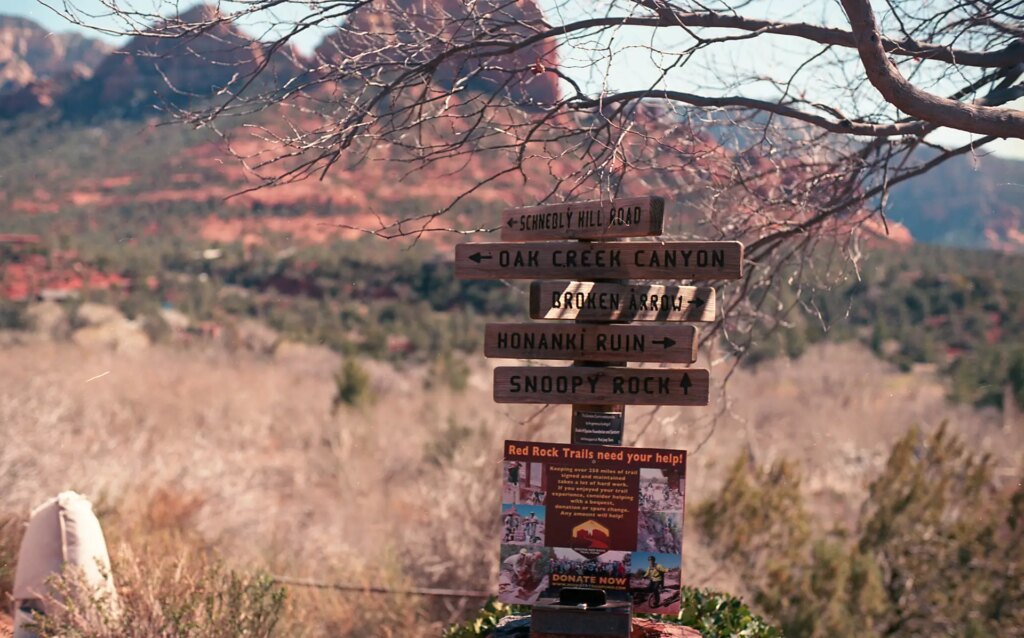
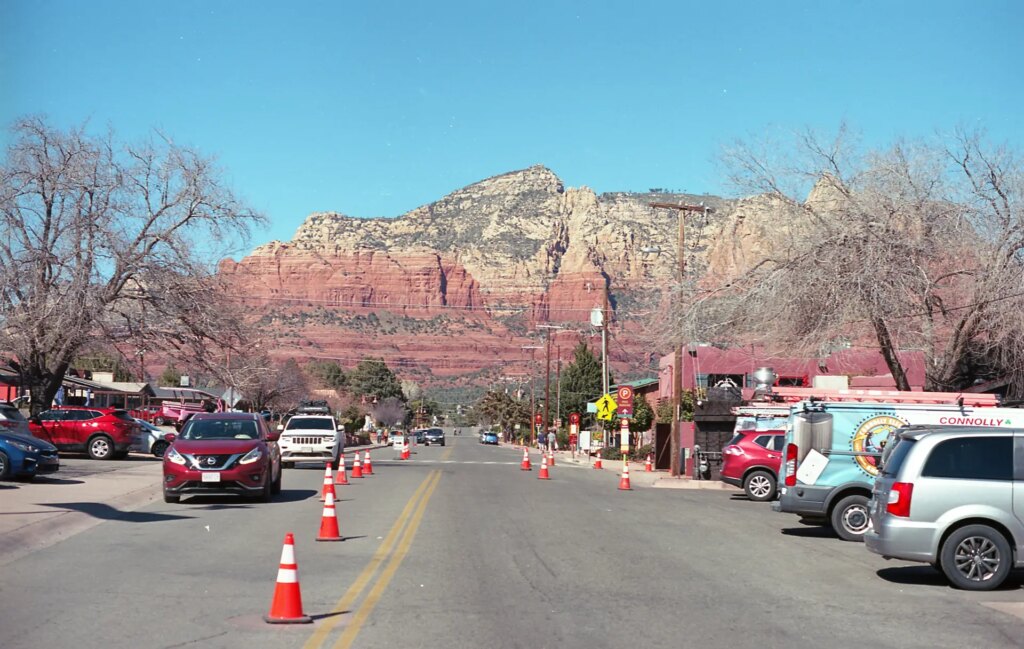
Kodak Ektar is one of my very favorite films. It’s a 100-ISO professional film that used to be affordable, but now is 16-dollars (USD) a roll, so I don’t use it as profusely as I once did. What sets this film aside from others is its very fine grain and heavy color saturation that makes the colors in landscapes really pop. The reds in particular. I know of no other film that produces such rich reds as Ektar does. So I dropped a few rolls of this film into my bag before setting out for a day in Sedona.
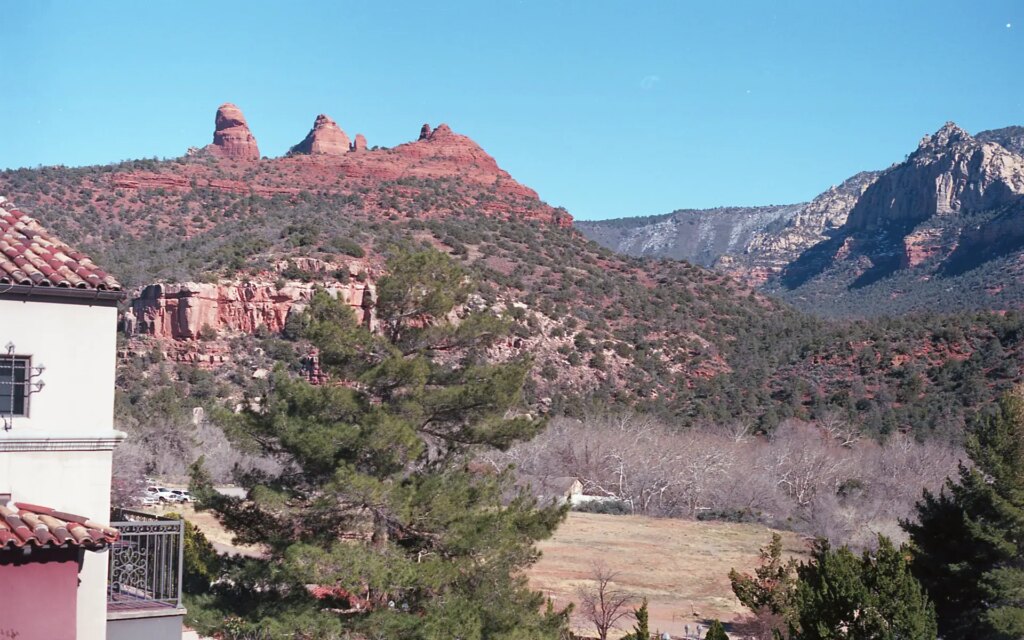
We found parking and wandered down the main street, taking photos of the town utilizing the rock formations as a backdrop. We ate ice cream, sampled some wines, I bought a “cowboy” ring from a Navajo jewelry shop (this was a priority of mine and I wasn’t leaving without one) and found a couple gifts for family. I always look for gifts when visiting a town. It was late February, so the days were still a bit shorter than normal, and so we set out for a hike in order to get the most out of the remaining daylight.
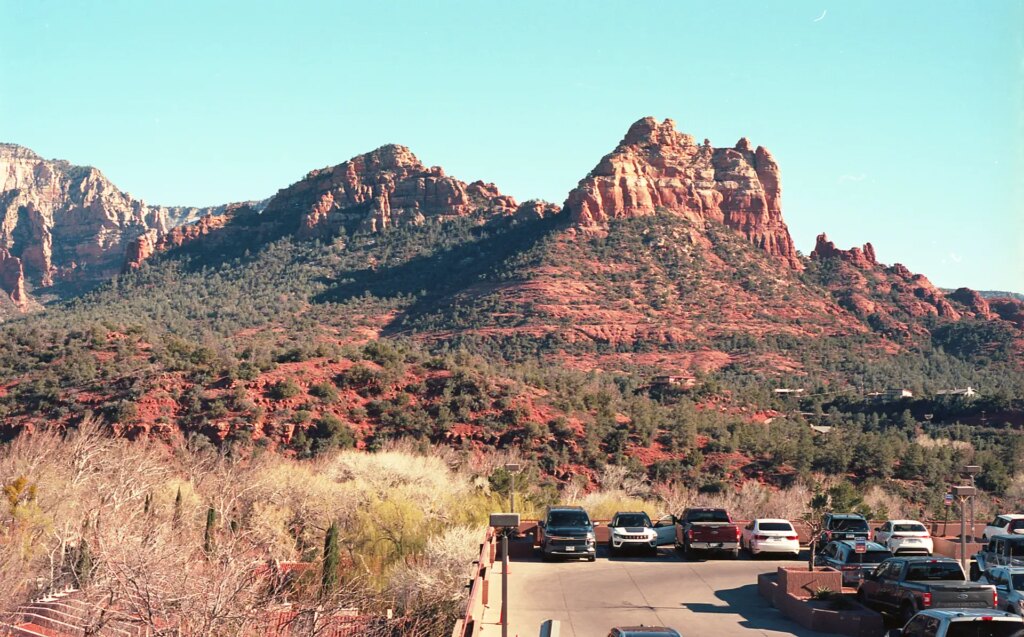
We headed for the trail that took us around Bell Rock, one of the more scenic formations in the area along with its neighboring Courthouse Butte formation. Loads of reds, and a lovely cloudless day for a hike. On the way back to the trailhead the sun started getting lower, illuminating the rock formations nicely, but leaving much of the foreground in shadow. I was shooting an Olympus built in 1975, and while I thought I was compensating adequately for the lower light in the foreground, it wasn’t enough in several if my photos.
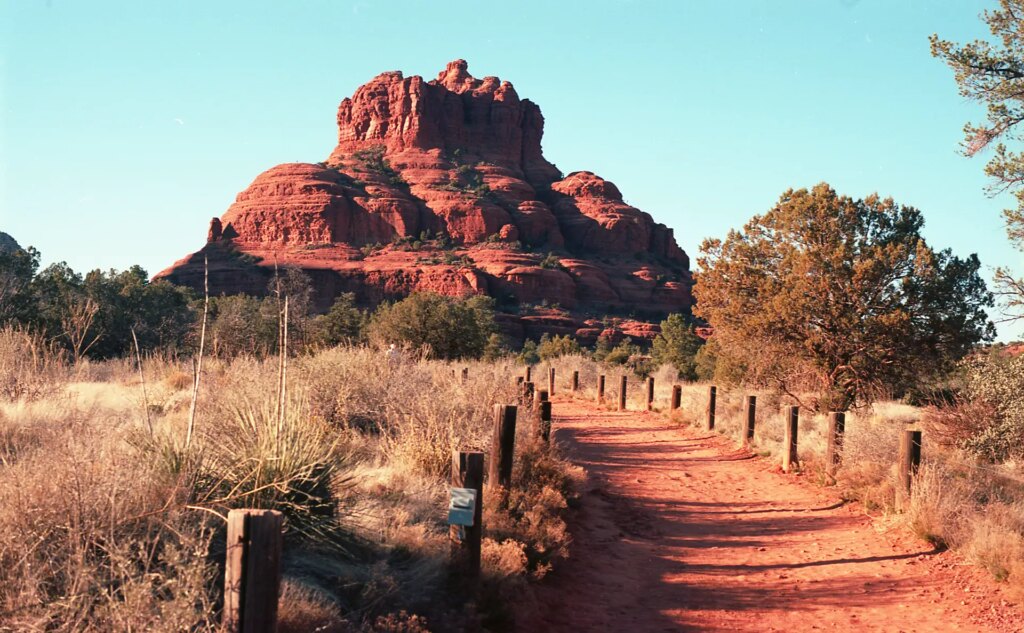
Another drawback, and one that is native to this film stock, is its rendering of skin tones. Simply put, skin tones are rendered a bit reddish when using Kodak Ektar. If there is anything else red in the photo, the effect is even more pronounced. I wasn’t going to let this stop me from shooting pics of my partner in crime, but the end result might need a bit of editing after the fact to get the best results.
Be sure to visit my website to see more photos like this!
Share this post:
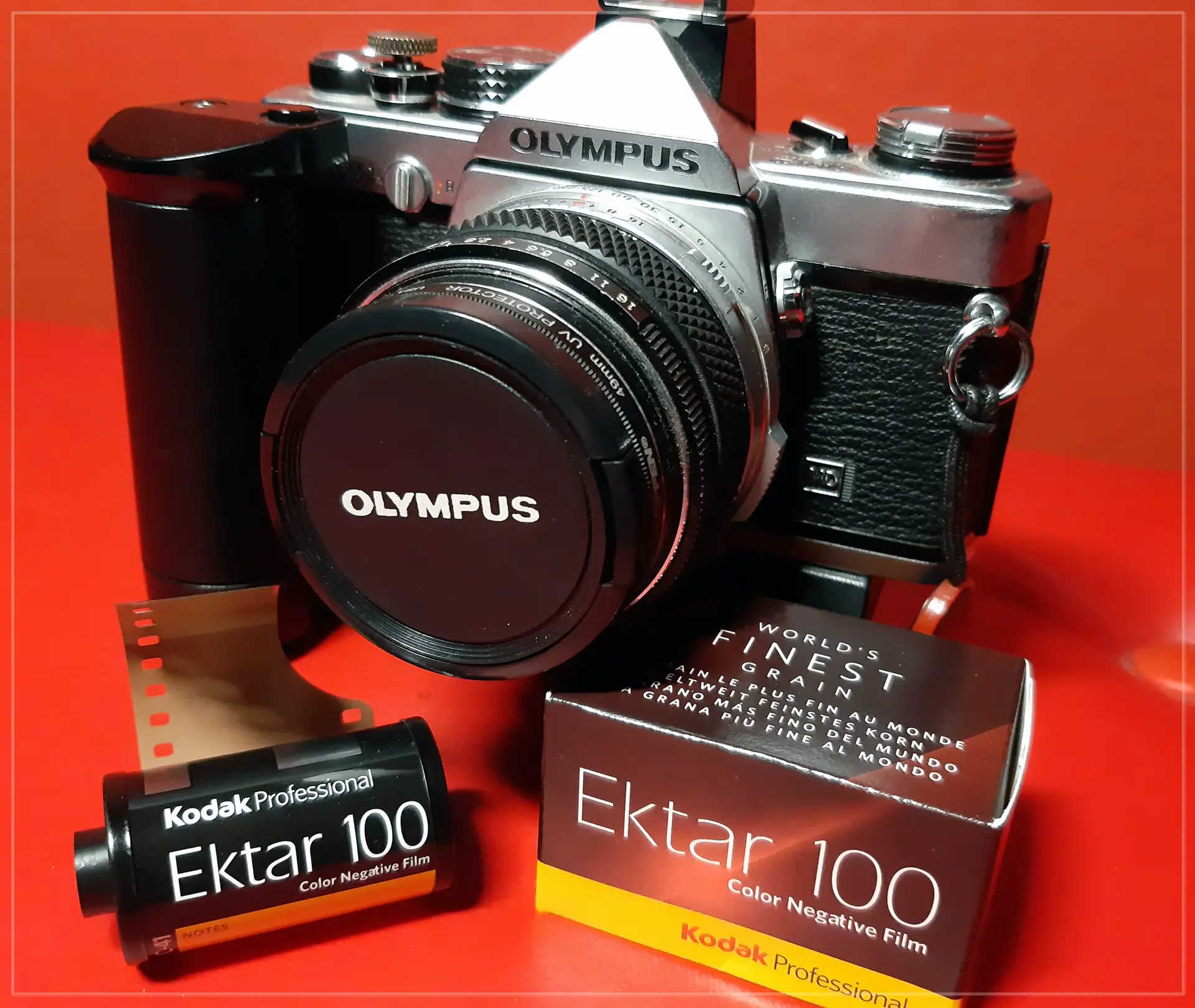
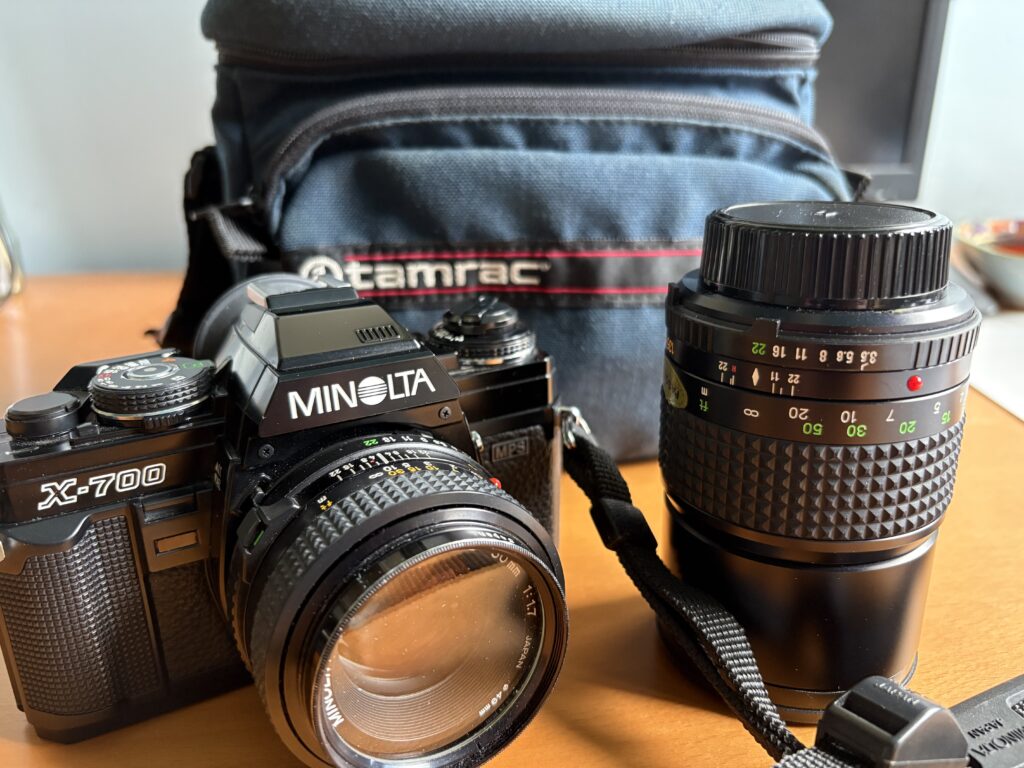
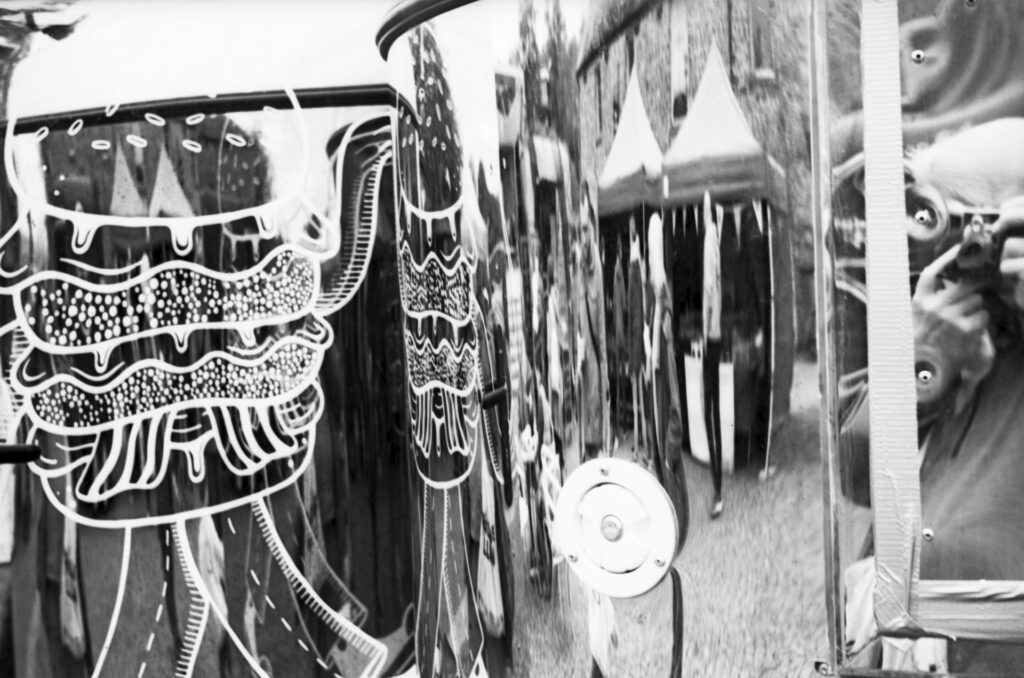
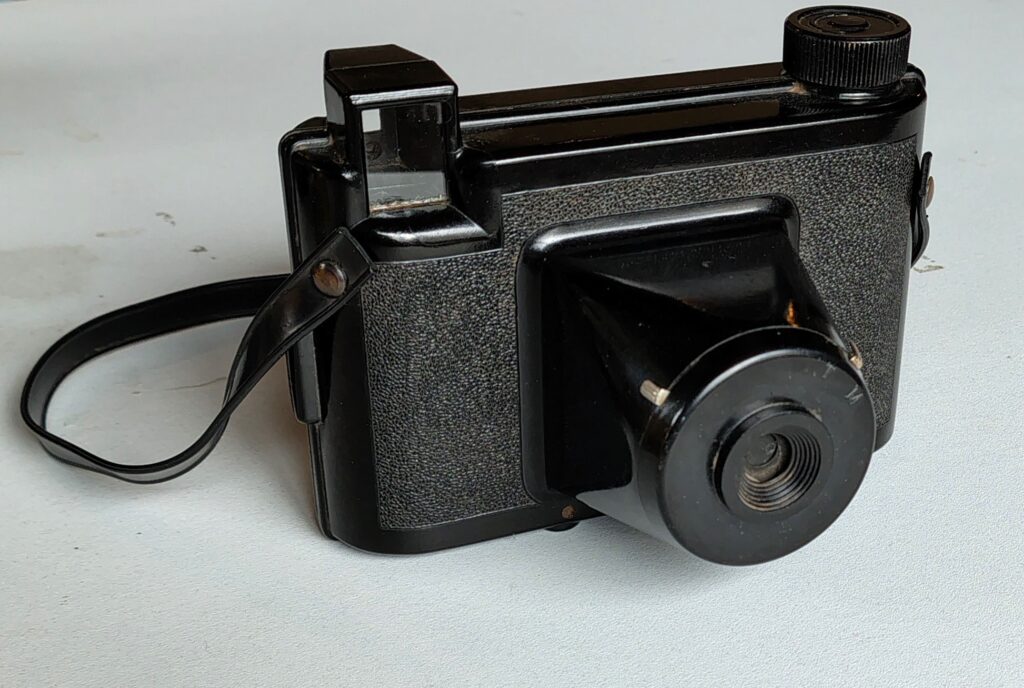
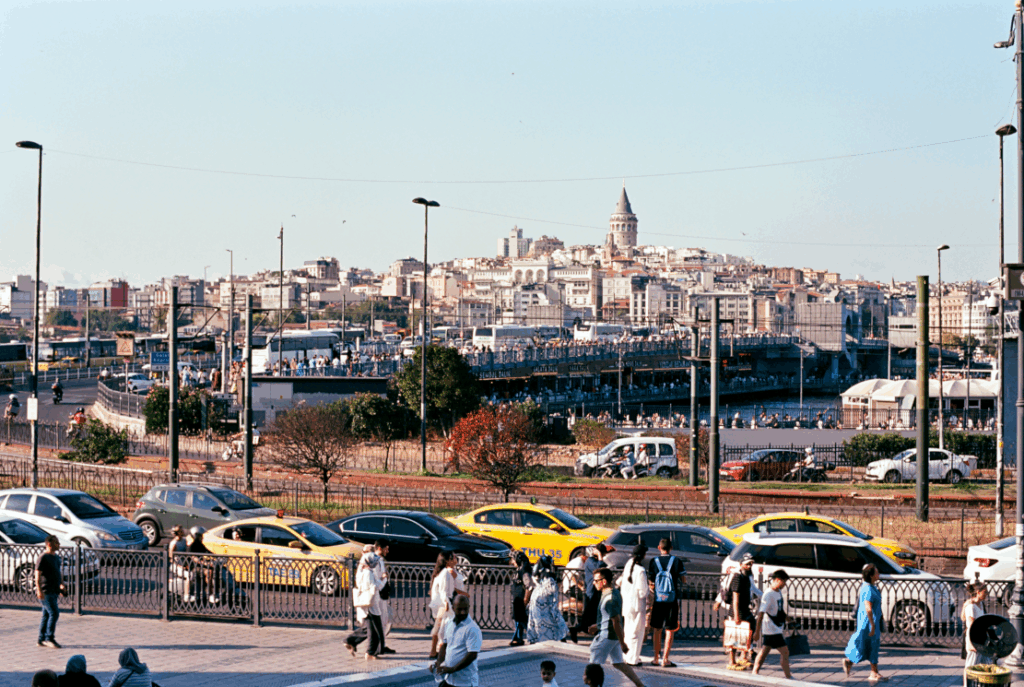




Comments
Stephen Fretz on 5 Frames in Sedona, Arizona on Kodak Ektar – By Kevin Montanaro
Comment posted: 08/02/2023
You can use the subject recognition tool in Lightroom to find faces and adjust their color balance. However, I think the ruddy faces are a feature, reminding me of some of my dad's Kodacolor stuff from the early 60s.
The cheapest way to buy Ektar 100 is from Amazon in a 5-roll "ProPack." (I haven't cross-shopped B&H, but I suspect their prices are competitive). It's a slow film, so will last a long time w/o color shifting.
Zheng Li on 5 Frames in Sedona, Arizona on Kodak Ektar – By Kevin Montanaro
Comment posted: 08/02/2023